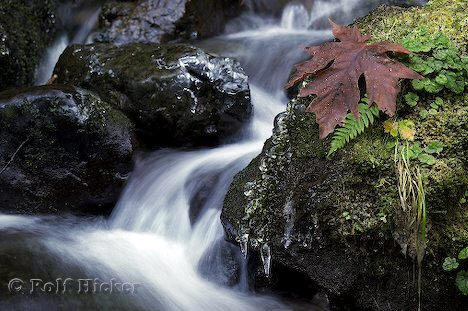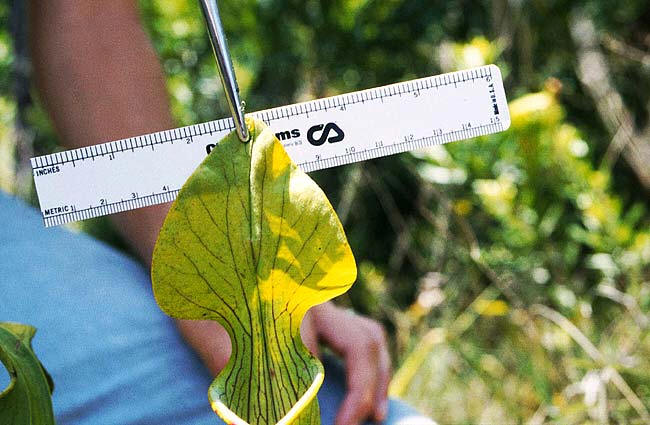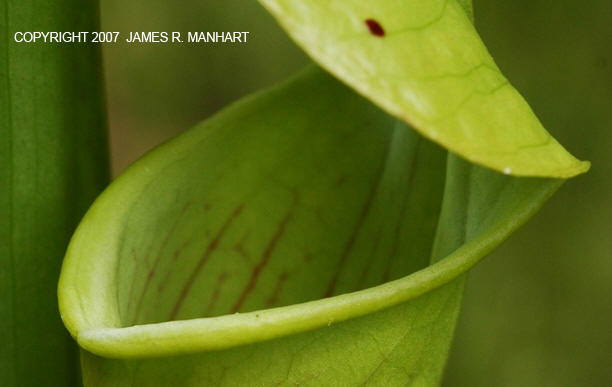|
|
|
|
|
 |
|
|
|
|
|
|
|
Adaptation Contraption |
|
|
|
|
Adaptation:
 Contrary to popular belief the Sarracenia alata
does not close its lid after a prey item has entered. The lid of
the pitcher plant overextends the mouth and curves around the plant. The lid helps
protect the tubular plant from filling with rain water. It also helps
reduce the amount of the plant's own liquid that evaporates into the
air. This lid has another very important function. Once
a prey item has fallen into its trap, it takes time for the plant to
digest and absorb all of the nutrients that the organism has to offer. During
this time another predator could try to steal the pitcher plant's catch.
The lid helps to prevent easy access for other predators looking for an
easy meal.
Contrary to popular belief the Sarracenia alata
does not close its lid after a prey item has entered. The lid of
the pitcher plant overextends the mouth and curves around the plant. The lid helps
protect the tubular plant from filling with rain water. It also helps
reduce the amount of the plant's own liquid that evaporates into the
air. This lid has another very important function. Once
a prey item has fallen into its trap, it takes time for the plant to
digest and absorb all of the nutrients that the organism has to offer. During
this time another predator could try to steal the pitcher plant's catch.
The lid helps to prevent easy access for other predators looking for an
easy meal.
Also within the long slender stalk of the pitcher plant are several hairs along the waxy interior of the plant. These hairs are pointed downward to help ensure that once a prey item is captured it stays contained within the plant. Struggling until it either drowns to death.
In order for the Sarracenia alata to capture its prey, it has to first attract them. The pale pitcher plant entices its victims by producing a unique nectar that pools at the bottom of the slender stalk. This nectar contains special digestive enzymes that help the plant digest the prey item.
The pitcher plants size can also be considered and adaptation as well. It can grow to be rather tall (50cm-60cm). This allows for more prey items to come in contact with the plant itself.
Another important trait of the Sarracenia alata comes from the fact that these pitcher plans have rhizomes. Rhizomes go deep down into the soil. If anything were to happen to the plant, such as a fire or hurricane winds, the rhizome would be able to grow a new fully functioning pitcher plant. The rhizome is major component of reproduction.
|
|
|
|
|
|
||